

The ceramics mix from this wreck is similar to that from the Tang Belitung wreck. It consisted of mainly Changsha painted wares, Yue Greenware, Xing type white wares and Guangdong greenwares. The construction technology appears to differ from the Belitung Dhow and likely of the Southeast Asian ship building technology.

Among the Binh Chau Cargo, there are large number of Guongdong green-glazed jars with black inked Arabic inscription on the base. According to linguistic expert, the inscription is likely a prayer seeking safe passage of the vessel during transportation. This further substantiates the involvement of Arab merchants in the Tang maritime trade.
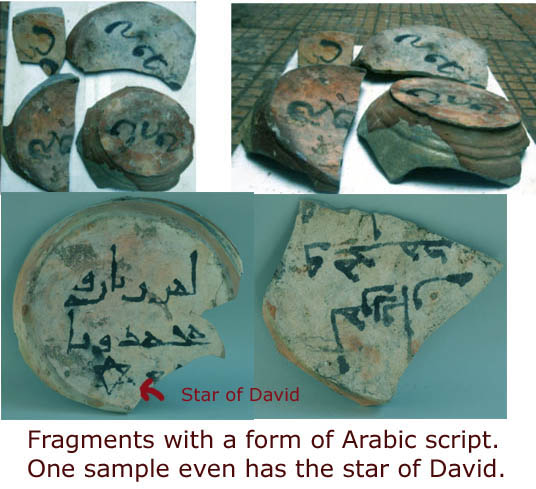
Traces of past Arab presence in Guangzhou is still apparent. The Arabic style Guangzhou Huaishen mosque (广州怀聖清真寺) lighthouse used to guide ships entering Guangzhou port during the Tang Dynasty. It is located near Guangta (光塔路) road which used to be the location where foreign traders congregated and stayed. Many of the street names in the area were related to the type of business/trade transacted there.
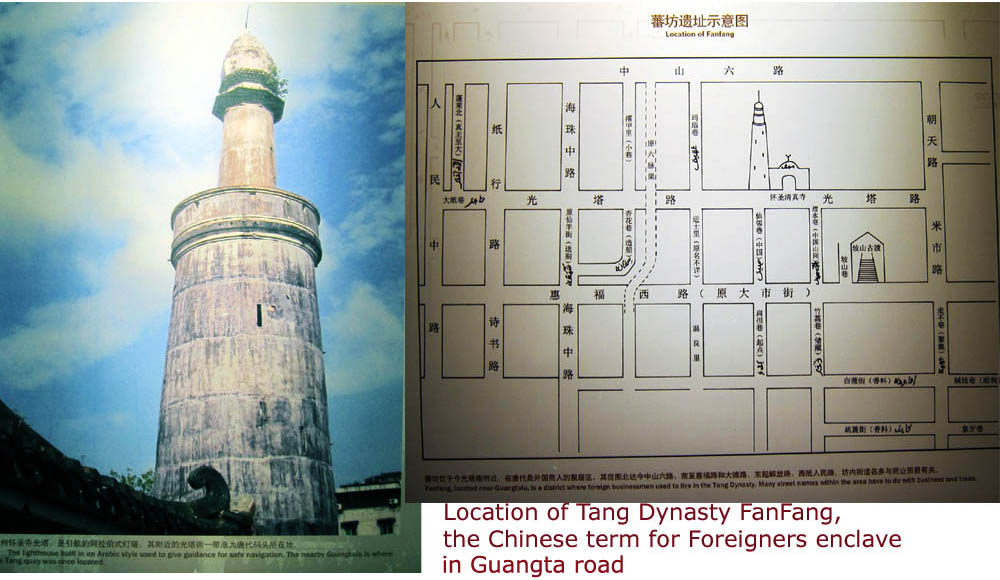
Dating of the Wreck
This particular wreck is likely dated to 2nd half of 9th century (late Tang), at least more than 50 years later than the Belitung wreck of 826 A.D. This conclusion is derived at by comparison of the features and characteristics of the Changsha wares in both the Belitung (dated to 826 A.D) and Binh Chau wreck. Firstly, the painted decoration has undergone marked changes. The typical Belitung Changsha bowl has a light brown/yellow glaze with a tinge of green. It is decorated with iron brown/copper green decoration of wide ranging subjects such as cloud, abstract Arabic script, floral, bird and etc. Whereas those from this wreck has a creamy/milky white glaze with a tinge of blue. The typical decoration is abstract brown/green splashes. In Chinese publications vessels with such decoration are generally labelled as latter products of Changsha kilns. The profile of the bowls is also more varied in the Binh Chau wreck, such as those with foliated rim or in-curving rim. Few years ago, an ancient pier site widely believed as 5 Dynastyies was found in Changsha. Vessels with such Changsha vessels with abstract splashes were recovered from the site. This discovery suggested that such products only appeared late in Tang period and continued to be produced into the 5 Dynasties period.
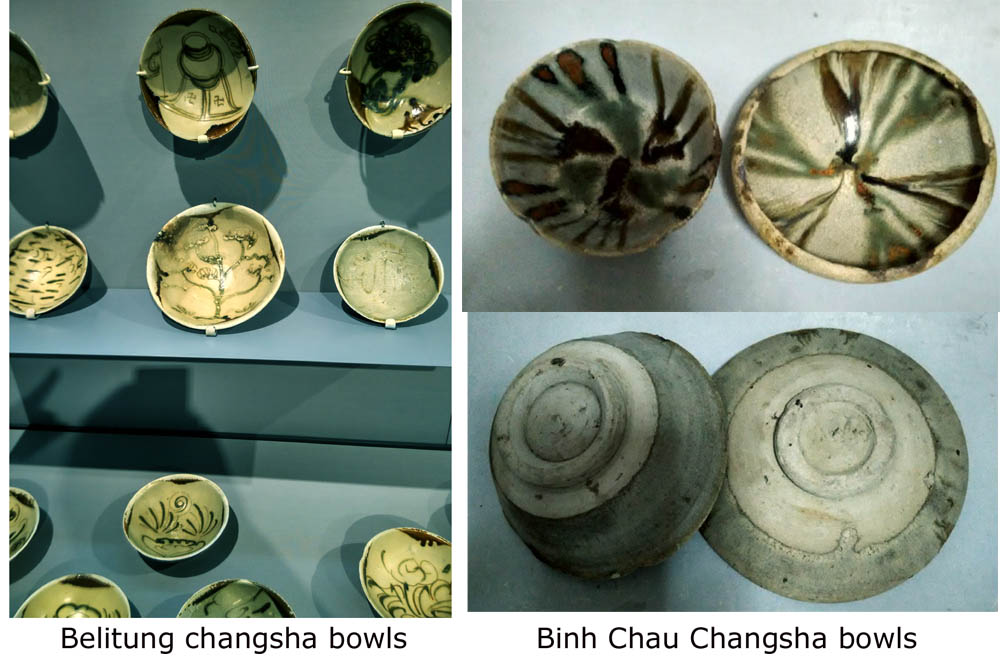
There were some bowls with the typical Belitung yellow glaze but the style of execution of the motif is different. Many of such bowls have foliated mouth and unglaze inner base.

The typical profile of the ewer from the Binh Chau wreck has undergone distinct changes. Those from the Belitung wreck appear more stout and straight in profile with a more squarish shoulder. Binh Chau ewer is typtically more elongated and has more rounded shoulder. Some also have dish mouth which is a feature very popular and widely used by other kilns during the late Tang/5 Dynasties period.
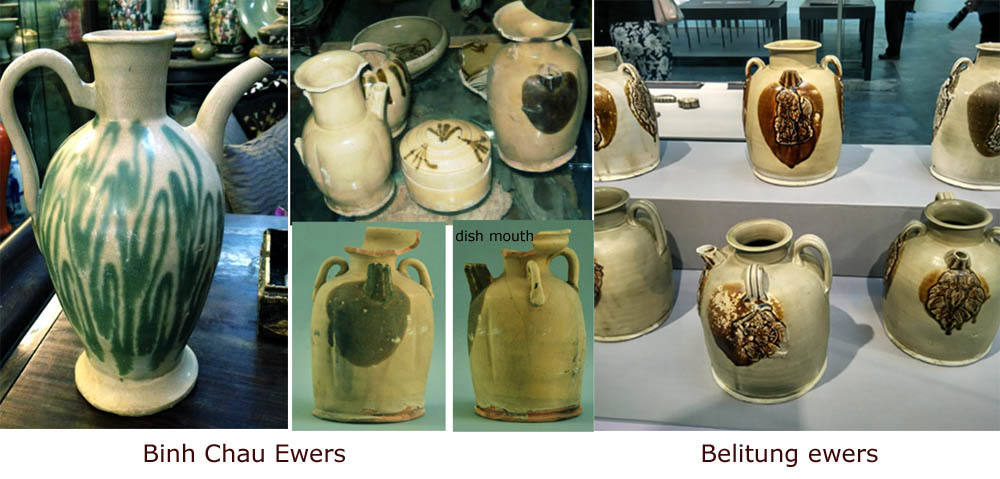
Although inconclusive, a Yue bowl fragment suggested the possibility of an even later dating of early 5 Dynasties. The bowl has some incised characters, one being Qian (乾)and the other possible 1st four strokes of Heng (亨). If indeed that is the case, the wreck could be dated between 917 to 925, an early reign of the Kingdom of Nanhan (南汉) which lasted from 917 to 971 A.D.
(Afternote: Recently, Mr Yang Yang (杨洋) ,a PHD Candidate from Jingdezhen Ceramic University, has highlighted the possibility that the second character could be fu (符) and not (亨). On closer examination, I agree with his view. Interestingly, in the Japanese published report on the Nishimura Project on the Chau Tan wreck, the missing half of the bowl was illustrated. Putting the two photos together and comparing the aforementioned character with missing strokes, it would appear that the zigsaw puzzle is resolved. It does resemble the character (符).
The reign mark Qianfu was used during the period 874 - 879 A.D. Hence, it provided additonal evidence to substaniate the daing of the wreck to the closing years of Tang Dynasty).
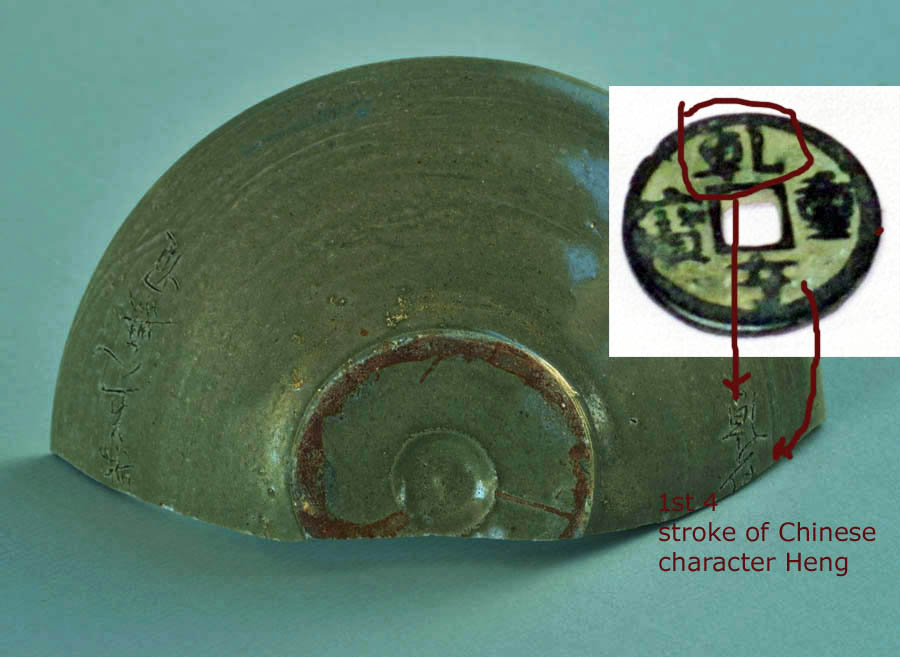 |
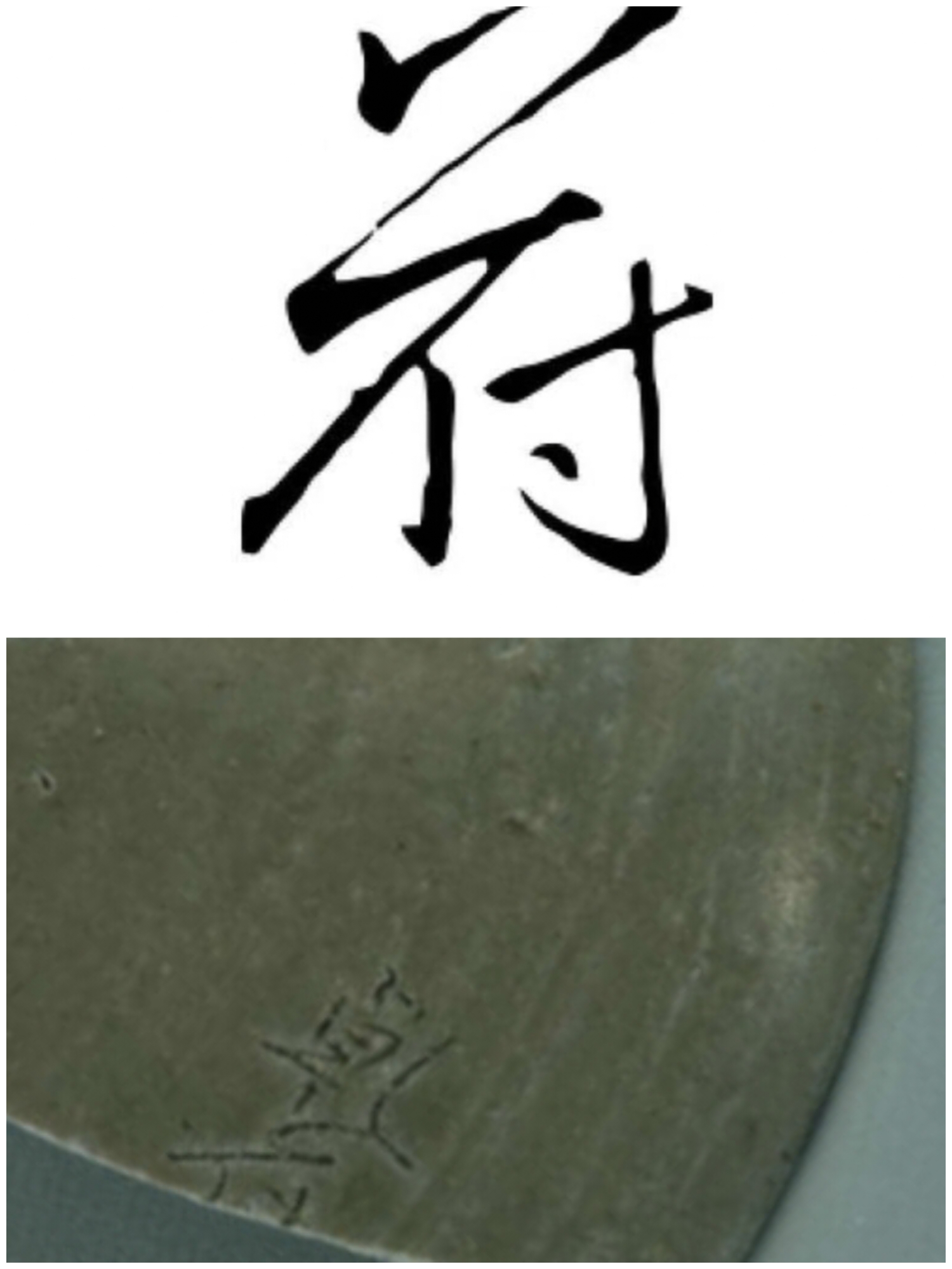 |
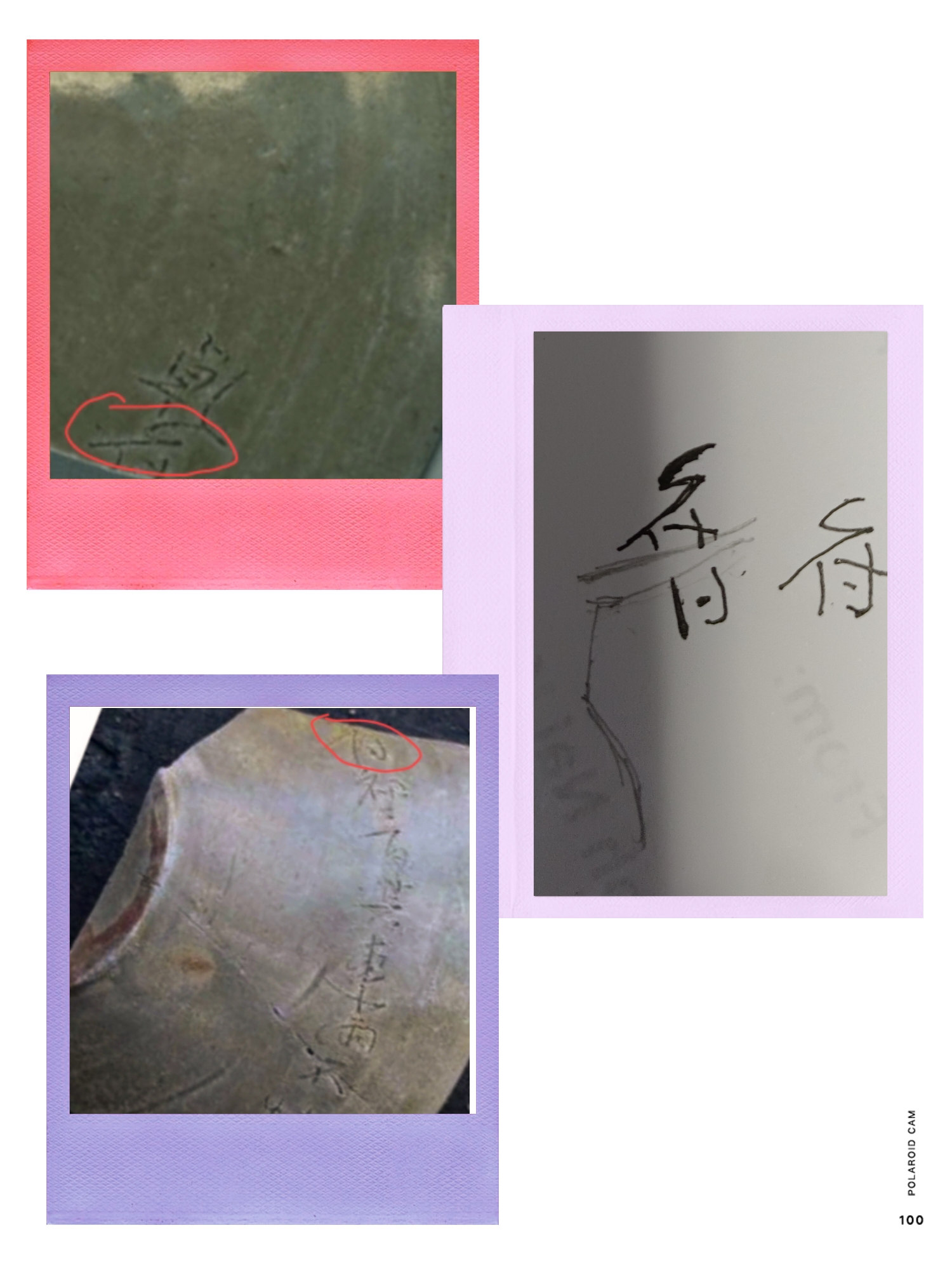 |
|
Discussion on the Assemblage Point of the Cargo
Anatomical analysis of the recovered ship timber carried out by Dr. Jun Kimura concluded that the construction method is of the Southeast Asian shipbuilding technology. For the Belitung wreck, there is wide acceptance that the cargo was loaded either at the port of Guangzhou or Yangzhou in China. In the case of the Binh Chau wreck, that cannot be the assumption if we consider the social and political development during the late 9th century. During this period, the Tang Dynasty was in a state of instability and chaos. One of the most distructive rebellions led by Huang Chao took place between 878 to 884. He sacked Guangzhou in 878 and according to Arab Geographer Abu Zaid many Muslims, Jews, Christians and Parsees perished. As Guangzhou was the port of exit for the martime trade to Southeast Asia and the West, the impact on foreign trade would have been disastrous. Many foreign traders fled from China. Many ended up in Annam (ancient name for Northern Vietnam) and used the port there to continue trading activities. One cannot help but wonder whether those inscriptions on the green glaze jars seeking divine intervention and protection for the goods was a reflection of the helplessness of the Arab traders in the face of increasingly precarious and perilous trading environment.
In the book "Oriental Trade Ceramics in South-East Asia" by John S Guy of V& A Musuem, he mentioned that in a recorded source, a Chinese official petitioned the Emperor that : "lately the precious and strange goods brought by ocean junks have mostly been taken to Annam to be traded there and called for action against Annam". Hence, this provides clue that the maritime trading networks in the region had undegone impactful changes. Some form of intra-region trade arrangement may have developed. There may exist an alternative arrangement in which goods from China were brought to Vietnam and re-assembled for further transhipment to other part of Southeast Asia and and the West. The Kingdom of Champa controlled central and South Vietnam and likely also a part of the trading network. The Chams had diplomatic ties with China and known to have sent many tribute missions during the course of its history. They were known to be great sea-farers and actively involved in maritime trade. For example, the Kaladi inscription of 909 mentioned foreigners from South Asia (Kalinga, Singhala, Dravidians) and mainland Southeast Asia (Champa, Kmir (Khmer and Rman (Mons) residing in the Brantas delta in East Java and engaging in trading activities. From my travels to Vietnam, I have come across Tang/5 Dynasties Yue and Changsha wares and even Northern Song Yaozhou bowls which were excavated in Central Vietnam. Currently, there is little research done on the role of Vietnam in the maritime trade during the Tang/Yuan period. Hence, we still have a missing part of the puzzle that need to be completed to gain a more complete picture of the maritime trade network of the region.

Maritime silk route during the Tang Period
Analysis of ceramics in the Wreck
The ceramics cargo consisted of Changsha, Yue, Xing-type and Guangdong wares. This is the typical cargo assemblage which is consistent with what we would expect for this period. Changsha wares remained as the most popular ceramics wares with painted decorations that appealed to the asethetic needs of consumers especially those from the middle east The Yue green wares found in this wreck appeared to be quite limited in variety, with bi-base bowls forming the bulk and some other vessel forms such as ewers. The quality of the vessels in terms of glaze and potting is also comparatively inferior to that from the Belitung wreck. Similarly, the Xing-type white wares are also inferior to that from the Belitung wreck. What is most striking is that the glaze has a more yellowish tinge as compared to the snow white glaze of those from the Belitung wreck. Guangdong green jars of varying sizes and basins continued to be important export items.
Changsha wares were produced in kilns in Tongguan town about 30km from Hunan Changsha. It is also termed Tongguan kiln (铜官窑). Changsha ware is one of the most widely distributed ceramics product of the Tang period. Archaeological excavations revealed their presence in Vietnam, Thailand, Sumatra and Jave in Indonesia, South Asia, Middle East and even east coast of Africa. It is famous for its painted iron-brown and copper-green and/or applique motifs on vessels covered with transparent glaze. The glaze range from a transparent light yellowish with tinge of green to a milky white with tinge of blue. A white slip is usually applied to conceal the coarse body before the glaze is applied on the vessel. The glaze has a tendency to peel off, especially in those areas painted brown. Fine glaze crazings is prevalent. As mentioned earlier, those found in this wreck is dated later than that from Belitung. The most distinctive characteristics are vessels decorated with abstract brown/green splashes. Only a small number with floral/vegetal or bird decoration were found.
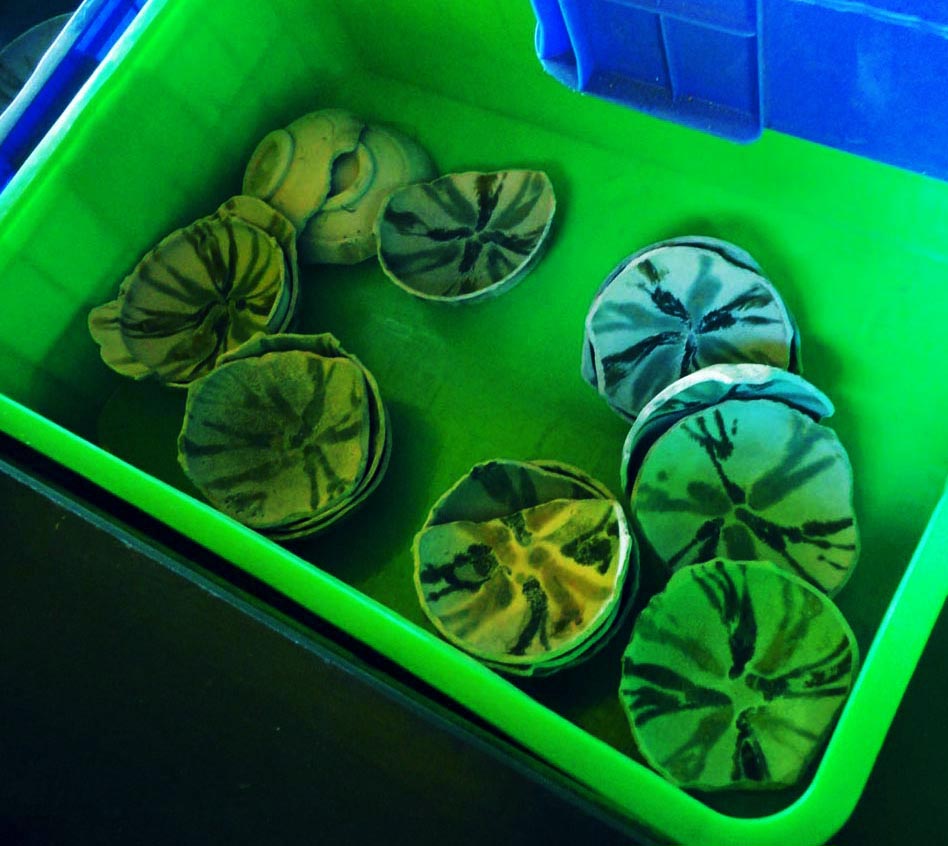
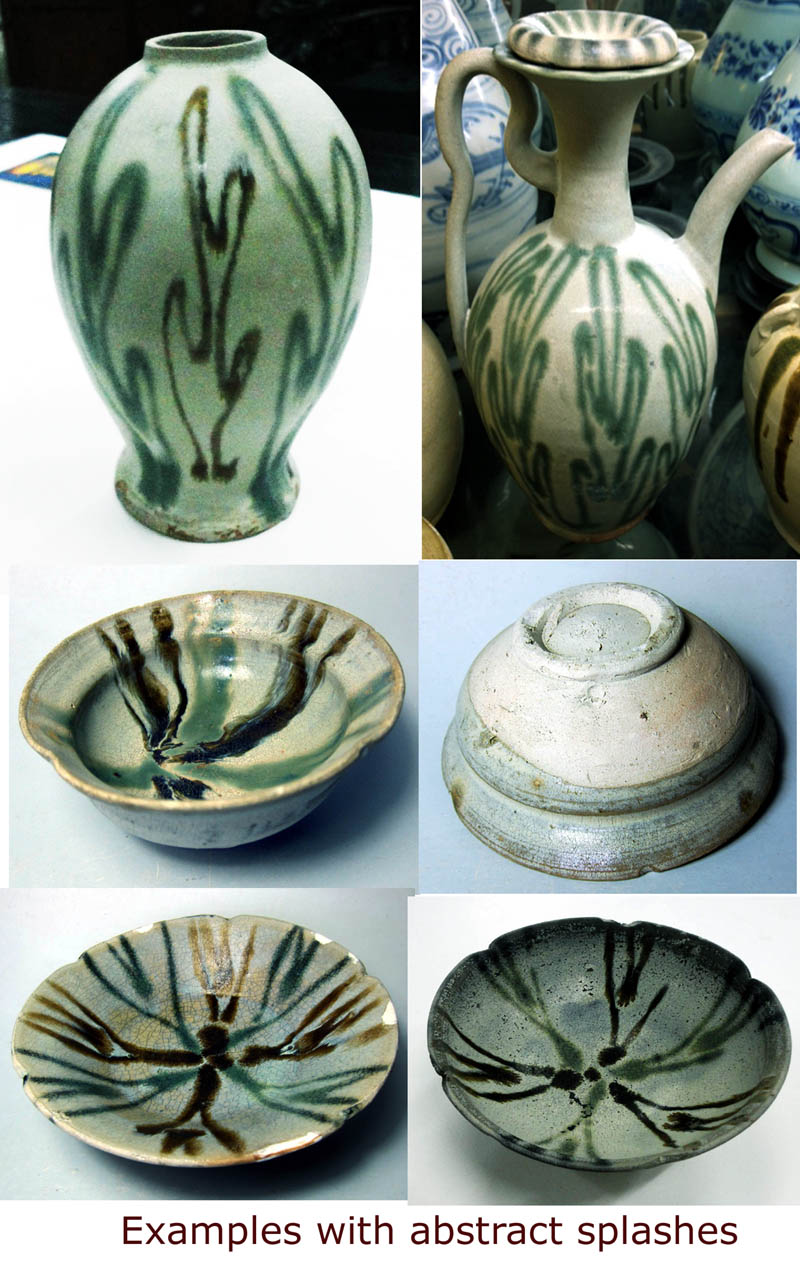
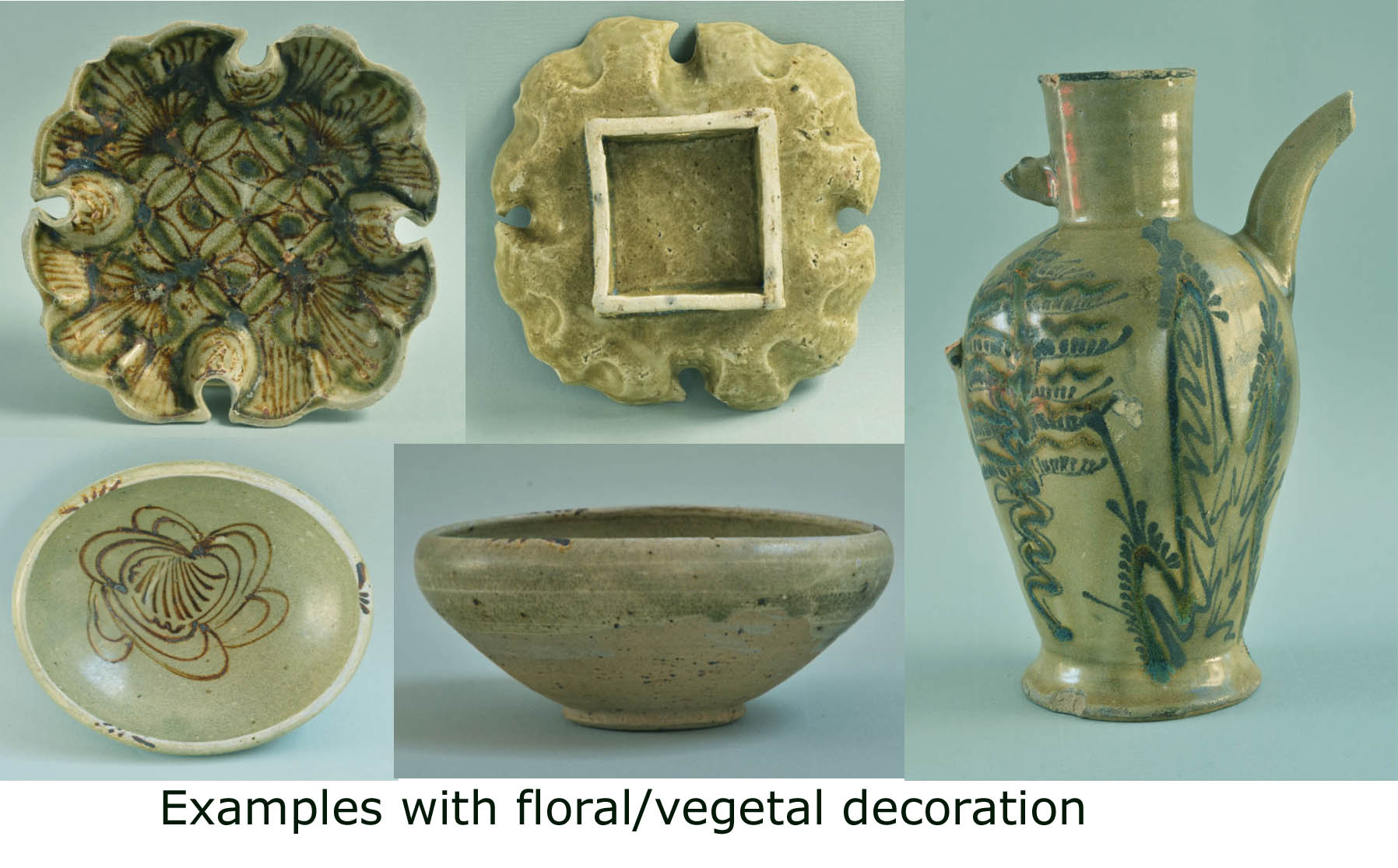
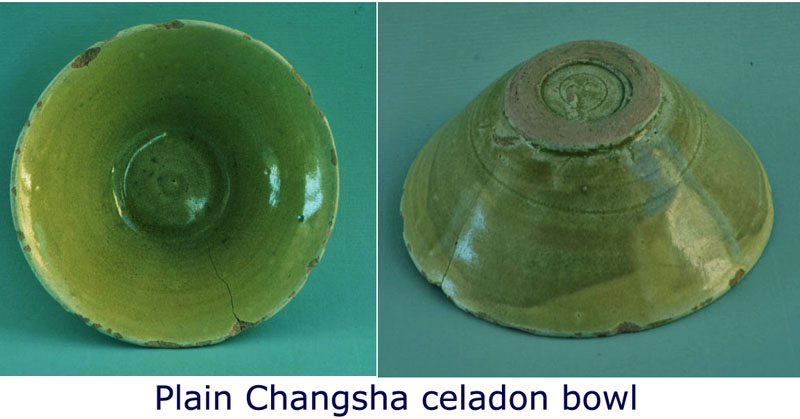
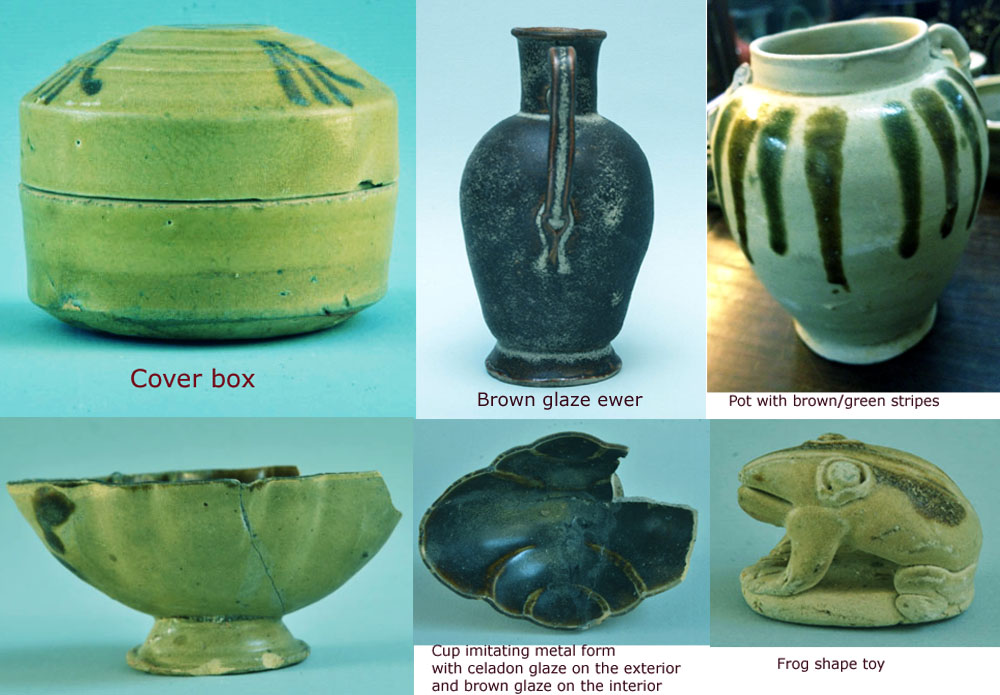
Some of the more rare Changsha from the wreck
Zhejiang Yue kilns have a long tradition of greenware production which based on archaeological evidence could be traced to at least the Zhou period. After a long period with intermittent disruption and chaos caused by wars, the potters finally produced a mature form of greenware by Eastern Han period. It is widely believed to be the birth place of porcelain wares. Yue ware is highly regarded and widely praised by the literati since the Tang Dynasty. During the 9th century, the best Yue ware was called Mise porcelain, literally meaning secret colour porcelain. Lu Guimeng (died A.D. 881) in his poem "秘色越器" Mise Yueqi (secret colour Yue ware) mentioned that Yue wares were fired in misty and windy autumn and described the colour of yue ware as "green from trees despoiled from thousand peaks". The translation by Bushell of the poem:
"The misty scenery of late autumn appears when the Yue kilns are open,
The thousand peaks have been despoiled of their bright colour for the decoration of the bowls.
Let us take them out at midnight to collect the falling dew,
Or fill up the cups with wine in emulation of Ji Zhong San (Ji Zhong San is referring to Ji Kang, one of the 7 saints of Bamboo groves)"
The 9th century is also the duration which Yue achieved its first peak in production in terms of quality and quantity. As a recognised "branded" product, its price is much higher than a typical Changsha ware both domestically and internationally. Hence, it catered more to the high end international market and comparatively much smaller quantity was exported during this period. Those found in the Belitung wreck is representative of the quality of Yue wares. Although the glaze has degraded, its superb quality in terms of thin potting and elegant form is apparent.
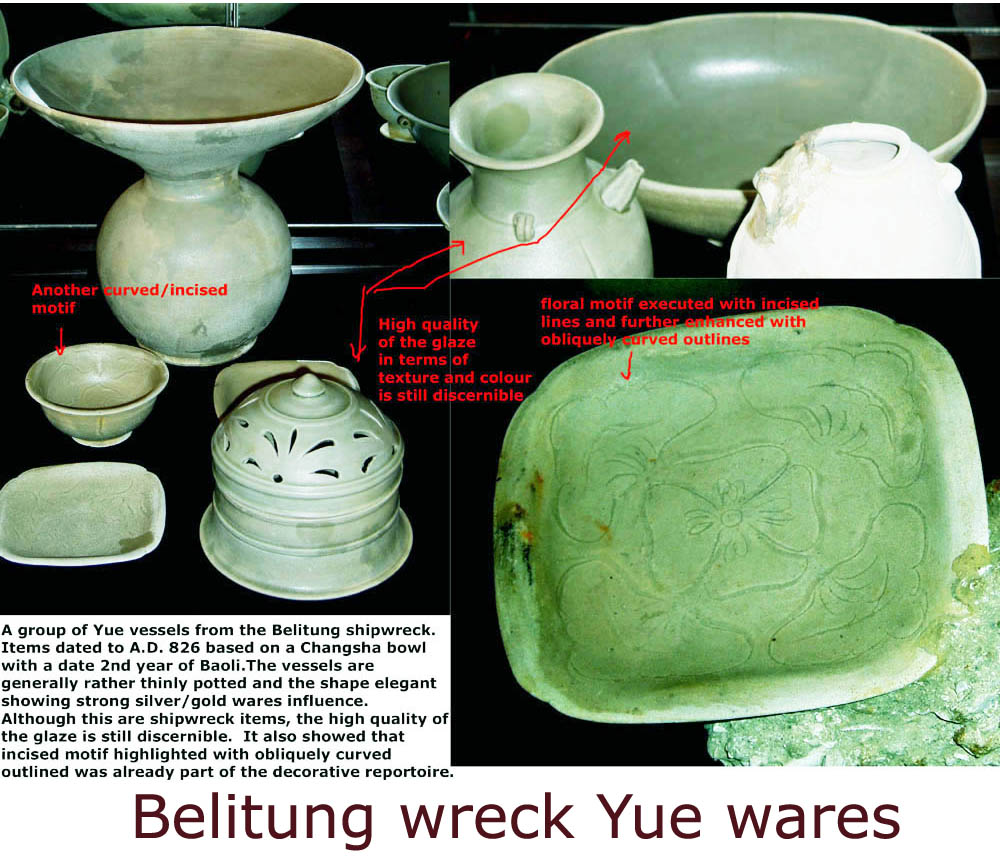
The quantity of Yue type wares found in the Binh Chau wreck is relatively few and of limited variety. The most common form is the bowl with bi-shape bottom. The quality is hardly inspiring and definitely of much more inferior quality as compared with those from the Belitung wreck. The potting is more crude and the glaze generally uneven. Looking at the darker paste on some of the pieces, the likelihood that some may have been produced in some other provincial kilns cannot be precluded. It may also be the result of interim deterioration in the quality of Yue products due to the destruction to the economy and unstable societalenvironment inflicted by numerious uprisings of the common folks. The quality improved and reached a new peak during the 5 Dynasties/Northern Song period as can be substantiated by the fine Yue wares from the Cirebon wreck.
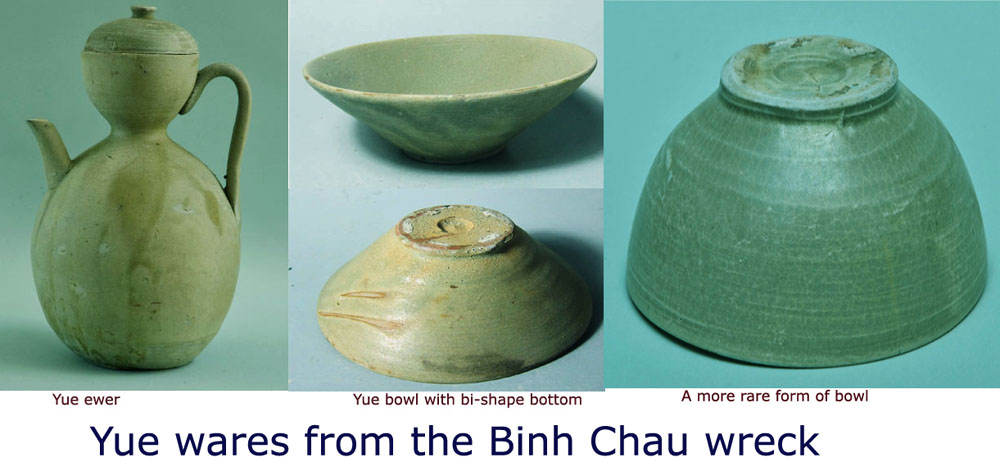
Xing-type white wares only constituted a small quantity in the cargo. Xing white ware represented the highest standard of white ware production during the Tang Dynasty. Lu Yu (陆羽) in his treatise on tea (茶经) compared Xing white glaze to silver and snow (若邢瓷类银, 越瓷类冰). It's popularity was noted in the ancient historical text (国史补) by Li Zhao (李肇) who commented that Xing white wares from Neiqiu (内丘) (one of the main production Xing ware production site in Hebei) were used by the rich and poor (内丘白瓷瓯, 端溪紫石砚, 天下无贵贱通用之). Mid Tang was the peak production phase for Xing wares. In terms of varieties and quality of the vessels, this was the golden period for Xing wares. Many of the items such as bowls, cups and plates were thinly potted and uses shapes found in Middle East gold and silver wares. This borrowing of form from another medium was not unique to Xing but also adopted by other kilns such as Yue and Yaozhou. We can get a glimpse of the highly accomplished skill of the Xing potters through the Xing wares found in the Belitung wreck. Indeed it mirrored the description as found in the ancient texts. The glaze is snow white and the vessel form both thin and elegant.
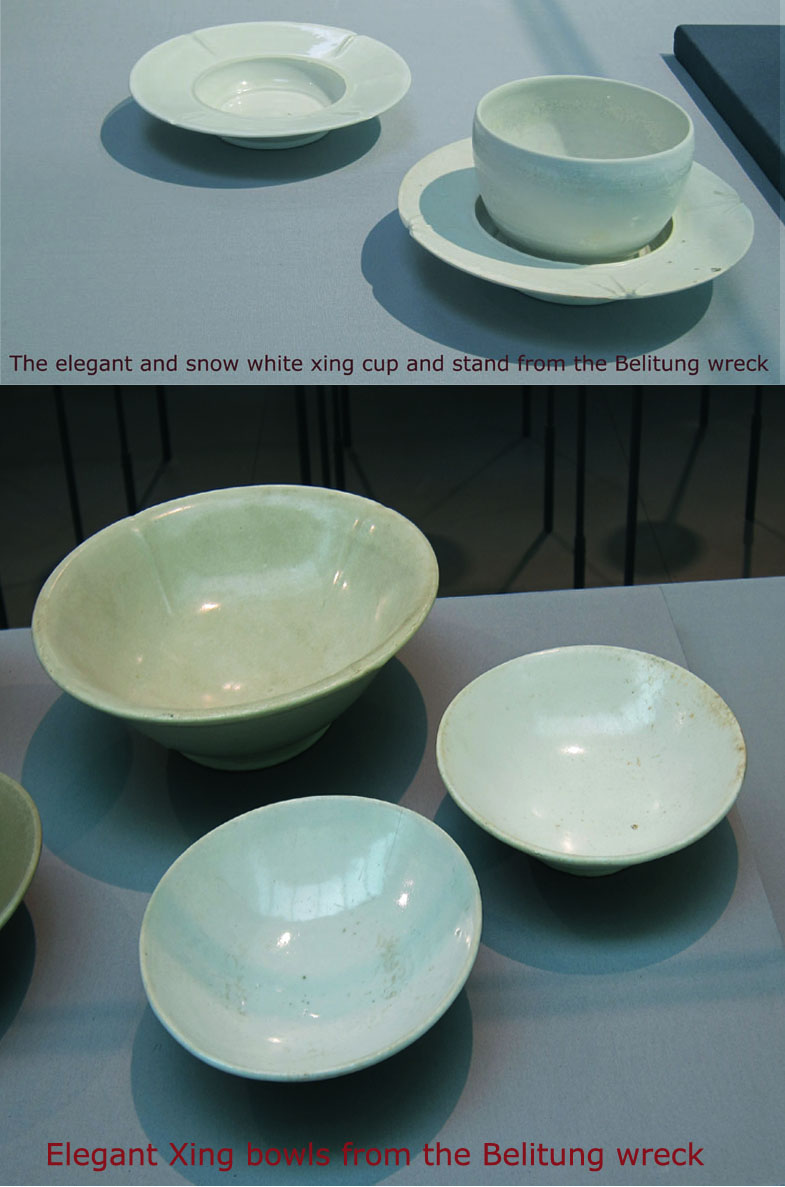
By the time of the Binh Chau wreck in late Tang, the quality of Xing-type wares has also deteriorated. The glaze has a more typical yellowish tone. The vessels are more thickly potted and form not as elegant as that of the past. But in term of quality, they are still much better than that of Yue wares from this wreck. However, unlike Yue ware, Xing kilns failed to recover its past glory and its position as the pre-eminent white wares production site was replaced by Ding during the 5 Dynasties period.
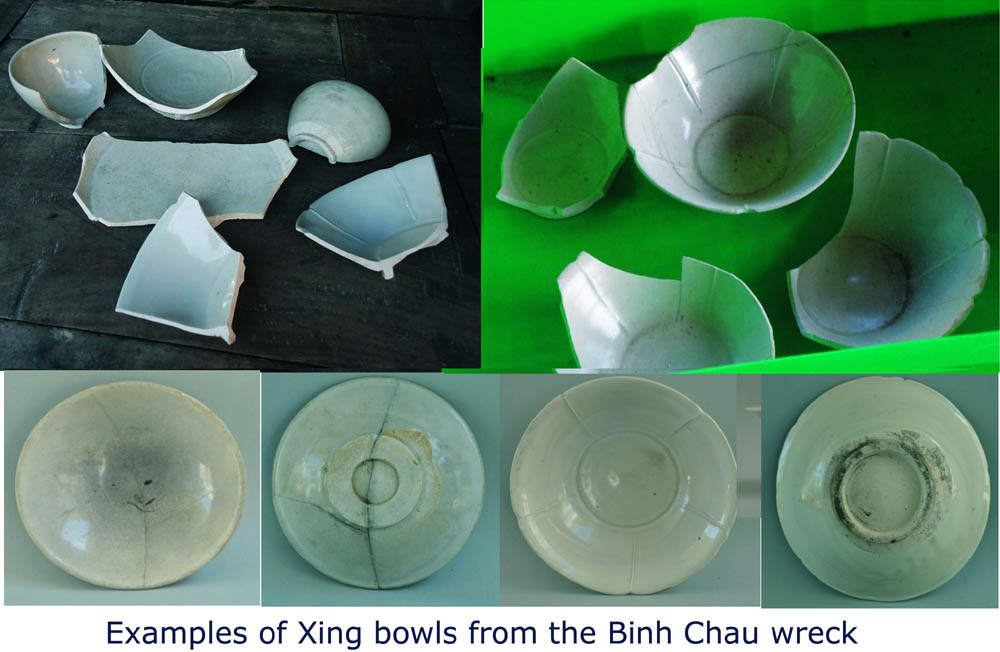
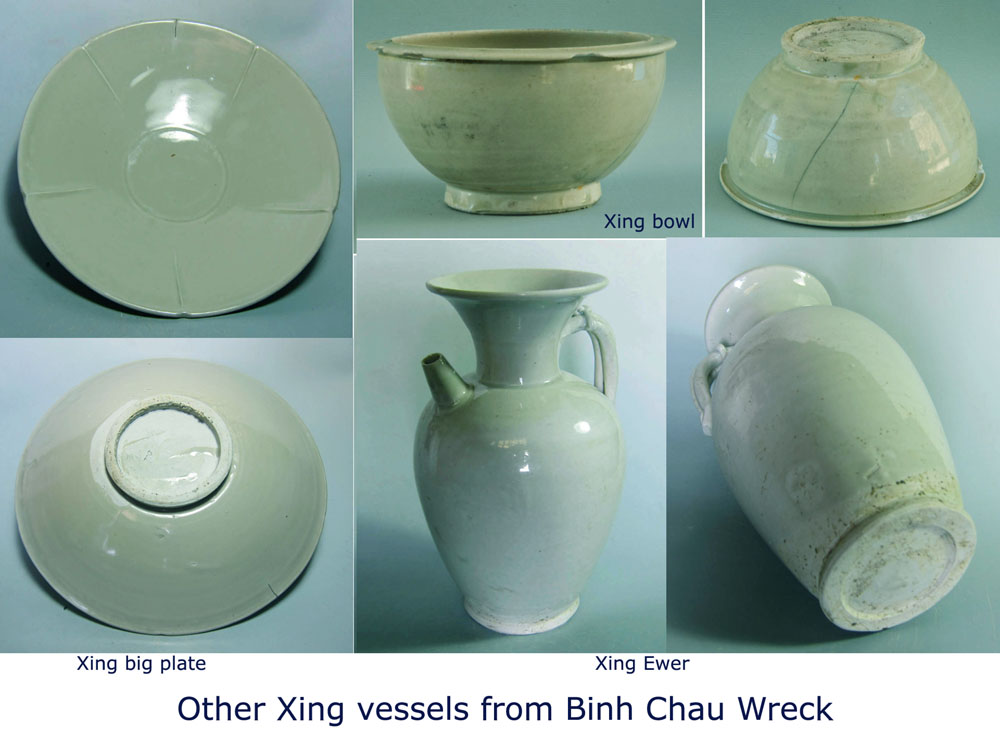
Guangdong greenwares are also part of the ceramics assemblage. They are similar to those found in the Belitung wreck. The main production sites of such large jars were kilns located in the vicinity of tributaries of the Pearls river delta. One important kiln site excavated was the Guanchong kiln (官冲) in Xinhui (新会). The glaze has a characteristically snake skin-like uneven and runny appearance . Excavations in Vietnam Halong Tuan Chau Island revealed that similar Guangdong type greenwares were also produced in kilns there. However, those from the Binh Chau wreck appear to have some differences in the form and glaze from those Tuan Chau type.
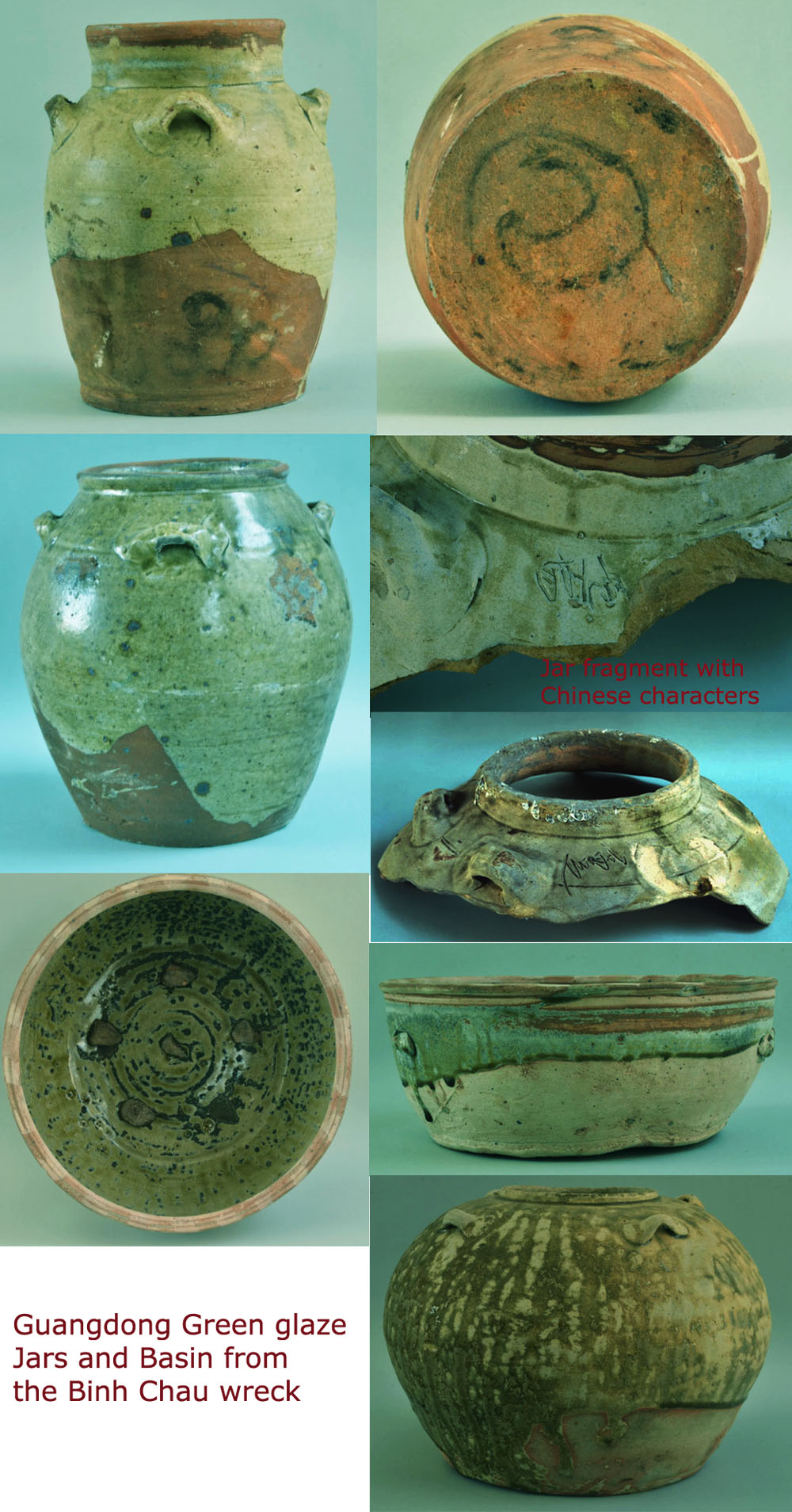
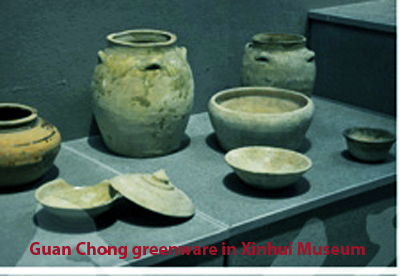
Concluding Comments
The Binh Chau cargo is an important find which provides physical evidence of the ceramic assemblage that was exported during the closing years of Tang Dynasty. It enable one to have a clearer understanding of the quality and type of ceramics wares that were produced for export. For Changsha and Xing wares, it represented the last phase of their illustrious role in the export trade. What they left behind were huge footprints and milestones in the history of Chinese porcelain production. The high fired polychrome decoration of Changsha and the transparent white glaze of Xing are necessary technical innovation which finally led to the successful production of blue and white and copper red underglaze decoration. As for Yue ware, it had yet to achieve its most glorious moments during the 5 Dynasties and Northern Song period. Guangdong greenwares continued to be an important export item till the Northern Song period.